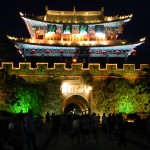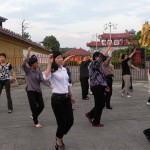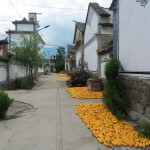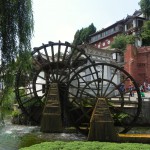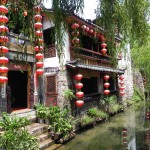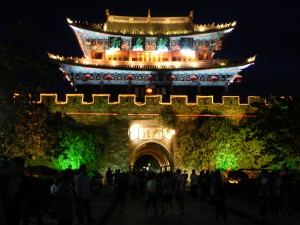 Coming from Nepal we must have boarded a time machine flying into Kunming, capital of the Yunnan province in southwest China. All of a sudden everything was organized and clean, people drove electro-powered scooters, buses cut their engines at the traffic light.
Coming from Nepal we must have boarded a time machine flying into Kunming, capital of the Yunnan province in southwest China. All of a sudden everything was organized and clean, people drove electro-powered scooters, buses cut their engines at the traffic light.
People have unlimited self-confidence, and signs of the unbelievably strong development of this country in recent years are everywhere. Expressways, roads, subways and tall buildings are under construction all over the map. Streets are full of new expensive cars. Consumption is the theme, and shopping opportunities are abundant. Recently, 22 fake Apple stores were discovered in Kunming. The fakes of the shops and products were so good that even the employees thought they were working for the real Apple.
The confidence of the Chinese also reflects in their behaviour towards us, for there are no more constant come-ons in the street, no more “Sir”, “Yes”, “Hey”, but just the normal treatment of tourists without exaggerated friendliness.
 While some bus stops have their names written also in English, most of the time we struggle with the fact that we simply do not understand anything spoken or written and that people often don’t understand us (that does not prevent them from talking vividly to us in Mandarin).
While some bus stops have their names written also in English, most of the time we struggle with the fact that we simply do not understand anything spoken or written and that people often don’t understand us (that does not prevent them from talking vividly to us in Mandarin).
After modern Kunming we wanted to see ancient China and made our way to the well-known historic cities of Dali and Lijiang. Unfortunately there were only more signs of the Chinese boom: Virtually thousands of Chinese tourists flock the streets and there’s barely anything left of historic flair. Every house is either a restaurant, a hotel, or a shop. Only when we took a pair of bicycles and explored the surrounding area we finally made it to somewhere that seemed to be ‘old’ China.

